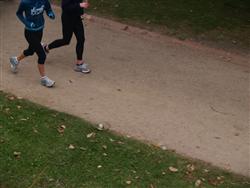
Learn Aerobic Fitness - Improve Career Opportunities - Predicted to be a £3.9 bn Industry by 2022
-
Start today with flexible online learning for personal or professional development.
-
Work as a fitness instructor, life coach, sports coach, wellness consultant in rehabilitation or preventative health.
-
Learn about the health and well-being of the lungs, heart and cardiovascular system.
-
Boost your fitness, maintain your health, improve your life, make friends.
-
Understand how fitness levels affect the heart's ability to deliver oxygen and nutrients to cells and tissues .
-
Learn techniques to help others maintain and improve their overall health.
If you already work in the health and fitness industry as administration, marketing, or as practitioner or assistant in the health, medical, fitness or sporting industries - this course is essential for your career success.